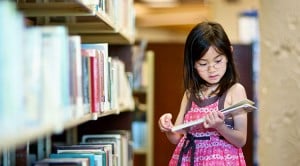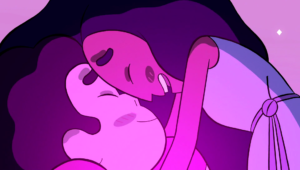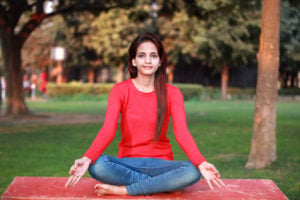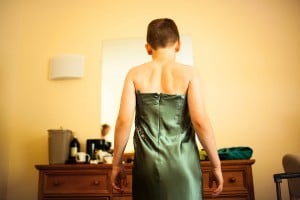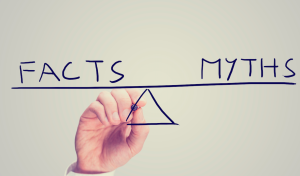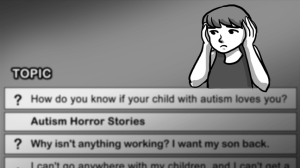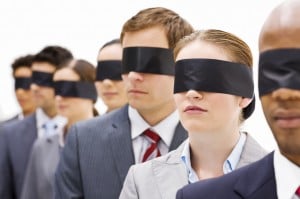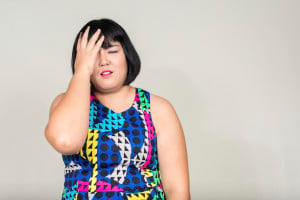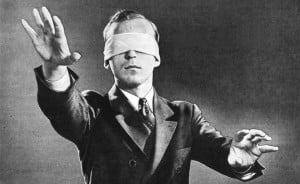I was a wild child. The kind of kid that would get lost in the backyard all afternoon climbing trees until I was coaxed home for dinner covered in mud, scrapes, and paint.
Every room in the house was a faraway land with enchanted properties, every object magical and powerful. Every drawer contained a fabled creature and all items of clothing could be made into a costume with a few well-placed ties and rips and marker on the face and arms.
The adults called me Mowgli, after the long-limbed feral child from Kipling’s “The Jungle Book.” I sought adventure, real and imagined.
I was smart. I was fearless.
The problem was I was also a girl.
And when it came to intelligent, independent girls in books and movies, I didn’t have many role models.
It appeared that most adventures were not meant for me.
Many play times with my brother would be delayed with attempts to figure out what a “girl pirate” or a “girl ninja” would be like, or if I would have to play a supporting character.
Most times I ended up either playing a boy or fighting tooth and nail over my right to be a badass girl (he still has a scar above his left ear from the time he told me I had to play “Batman’s mom.” Hell-to-the-no!).
Other times I would settle for hanging out with the girls down the street where I would concede acting out the romantic entanglements of red headed mermaids and comatose princesses. Blah and blah.
I don’t think I’m the only kid who went through this. I imagine that many girls whose caretakers told them that they were bold, smart, and strong – that they could be anything they wanted to be – were confused when books limited us to princesses, sisters, and friends.
I think our brothers were confused too.
Because the fables and fantasies that we read about didn’t have a place for the bold, gutsy girl.
And by and large, they still don’t.
Children’s Books Have a Serious Lack of Powerful Females
Boys are twice as likely as girls to appear as central characters in children’s books. They are also twice as likely to appear in book titles.
When girls are present, they are much more likely than boys to take on passive and supportive roles, while boys are much more likely to be self-sufficient and strong.
Since 1938, only one standalone female protagonist has been featured in a Caldecott honor award winner.
She was a duck.
Why Gender in Children’s Books Matters
Children begin developing gender identity as early as 2 years old. They know which people are men and women and they separate out which toys are “for girls,” and which are “for boys.” By 5 or 6, children have a grasp on what activities “men do” and what activities “women do.”
The lessons they learn are not just from their parents.
Books and movies are major transmitters of cultural knowledge and social values. They teach children what men and women look like, what they do, what roles they play in life, and who matters.
And children’s brains soak up these messages, as the old adage goes, like sponges. And these messages stick, as we say, like glue.
What messages are there about gender in the books your children own and love?
- Do girls exist only as sidekicks and lesser supporting characters?
- Do the adults participate in gender typical jobs and activities?
- If there are heterosexual parents, are the moms more attentive parents?
- If there is something sad or scary, is it the girl characters who are sad or scared?
- Are the heroes and villians primarily male?
What messages do these convey to our young avid readers?
What do they tell girls and boys about what is possible for women today?
Believe me, kids are internalizing these dominant cultural ideas about gender, even when we tell them differently.
Girls and boys need to see, hear, learn about, and reenact stories of strong female characters that are active and smart. Over and over and over. Until it has a place in their mental conception of gender along with the traditional (sexist) one.
And they deserve stories that are well written and illustrated too!
So that our children will understand, earlier and easier than we did, that women can be powerful and heroic. And need to be!
Proud to Be a Wild Woman
As an adult, I have been on many adventures. I have hiked the Grand Canyon, bathed rescued elephants in Thailand, and wandered solo through Eastern Africa. I have had a multitude of crazy jobs and crazy friends. I have been ruthless, spontaneous, and independent. I have been stubbornly myself.
I have done so because for all the times I have been told “you can’t” (a message that is often disguised as “it’s not practical,” “it’s not safe” or “it’s not normal”) there was a louder voice that told me that I could do anything. That I could break social convention, be magnificent, change the world.
I learned this, in part, from characters I read about in books.
From Scout Finch, who had the bravery to speak up a mob of angry racists with kind words.
From Matilda Wormwood, who had the ingenuity to stop a bullying principal with wit (and magic).
From Pippi Longstocking, who had the confidence to wear mismatched clothes and love her freckles.
These characters taught me what it meant to be an adventurous girl, and I don’t know where I would be if I had not found them. I wish there were more of them.
Books matter. So check them out before you *ahem* check them out.
Here Are Some Amazing Books Starring Adventurous Girls
All are available in most libraries and on Amazon.com for $6.00-$13.00.
 Me…Jane by Patrick McDonnell (ages 1+)
Me…Jane by Patrick McDonnell (ages 1+)
This is a story about a young Jane Goodall and her dream of one day living in Africa and working with animals. Jane is smart, curious, and dedicated. She dreams big and with some persistence and dedication, she makes her dream come true! A great real life role model for young kids. The author is the winner of multiple writing awards.
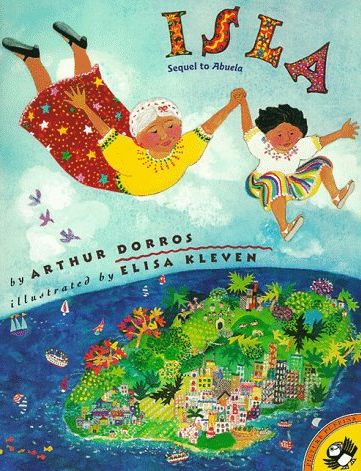 Isla by Arthur Dorros (ages 2+)
Isla by Arthur Dorros (ages 2+)
Rosalba and her Abuela go on a magical journey (they fly!) to a Caribbean island to visit family and learn about island culture. This is a story about vivacity and tradition as it is shared among generations of women. Children will get lost in the colorful, intricate illustrations by Elisa Kleven. This book is the sequel to Abuela, an ALA notable book and winner of the Parent’s Choice Award.
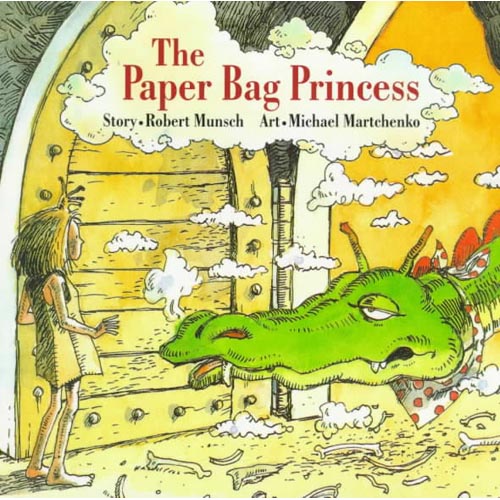 The Paper Bag Princess by Robert Munsch (ages 4+)
The Paper Bag Princess by Robert Munsch (ages 4+)
Princess Elizabeth defies the helpless princess archetype. She fights dragons, rescues princes, and defines her own future. She rejects social expectations regarding beauty maintenance and marriage. This book is endorsed by the National Organization for Women.
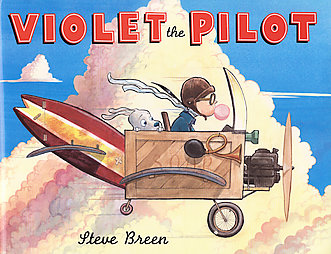 Violet the Pilot by Steve Breen (ages 4+)
Violet the Pilot by Steve Breen (ages 4+)
Violet Van Winkle is a mechanic and inventor who is full of imagination. Because she is different from her peers, she is not very popular, and her gender-conforming parents seem similarly apprehensive about her choice of hobbies. However, Violet stays true to herself and ends up a hero.
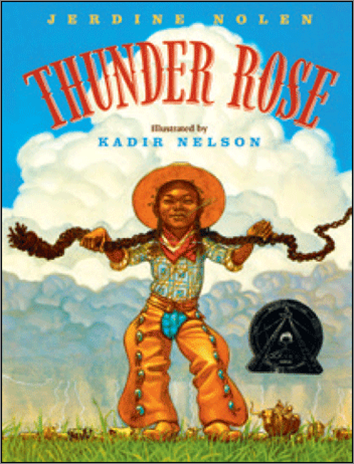 Thunder Rose by Jerdine Nolen (ages 5+)
Thunder Rose by Jerdine Nolen (ages 5+)
Thunder Rose was born to “hailing rain, flashing lightning, and booming thunder” and she lives her life in the Wild West with just as much ferocity. She drinks milk straight from the cow, lassoes gangs of desperados, and always leaves her family awe-stricken. A beautiful, magical tale of human and natural power. Mesmerizing illustrations. This book won the Coretta Scott King Illustrator Honor Book award.
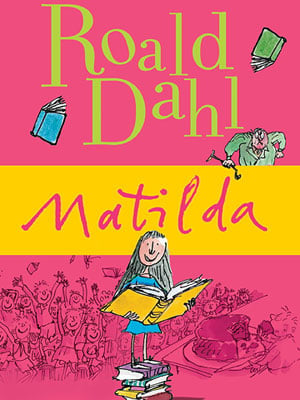 Matilda by Roald Dahl (ages 7+)
Matilda by Roald Dahl (ages 7+)
Matilda Wormwood is the smartest kid in her class and is also secretly telekinetic. She uses both skills to fight the many real enemies in her life, including her abusive parents and domineering principal. A heartwarming, and very funny book.
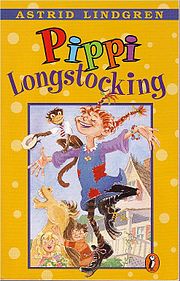 Pippi Longstocking by Astrid Lindgren (ages 8+)
Pippi Longstocking by Astrid Lindgren (ages 8+)
Pippi is a charmingly eccentric girl who takes her two best friends on outrageous adventures and always has a wild story to tell. She is “the strongest girl in the world” and often challenges and outwits adults. She follows few social conventions and rocks wild red hear and mismatched socks. A classic. This is a book and also a series by the same author.
 Harriet the Spy by Louise Fitzhugh (ages 10+)
Harriet the Spy by Louise Fitzhugh (ages 10+)
Harriet M. Welsch is intelligent, precocious, and stubborn. She spends much time observing and contemplating life’s mysteries in the Upper East Side of New York City in the 60s and she writes everything down in her notebook. She has a mixed-gender group of friends and all quirky characters display both strengths and vulnerabilities. There are great lessons to be learned here about friendship and bullying. A pleasure to read and winner of a Sequoia Book Award and New York Times Outstanding Book Award.
Additional Resources
- For books and movies, check out A Mighty Girl
- For new books, check out the Amelia Bloomer Project
- For books on a specific topic or demographic, ask a children’s librarian at your local library. It’s their job to know.
What other books have you enjoyed that feature strong, independent girls? Let us know in the comments section!
[do_widget id=‘text-101′]
Katy Kreitler is a Contributing Writer for Everyday Feminism as well as a counselor and youth advocate. She can be found wandering the streets of San Francisco with a purse full of used fiction, a pair of emergency yoga pants, and half a burrito.
Search our 3000+ articles!
Read our articles about:
Our online racial justice training
Used by hundreds of universities, non-profits, and businesses.
Click to learn more


